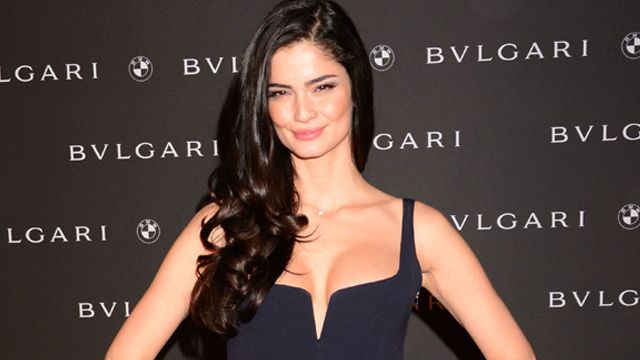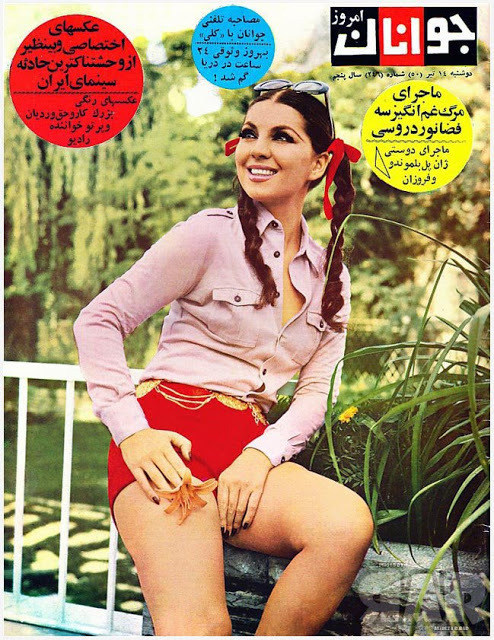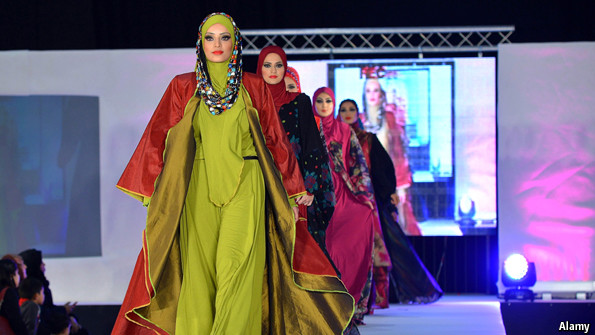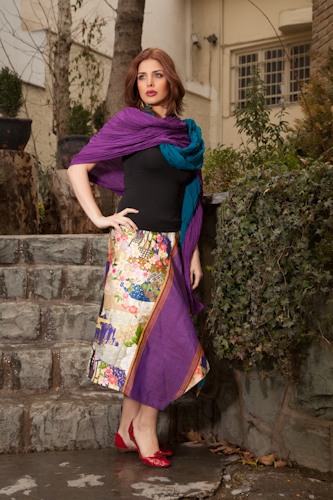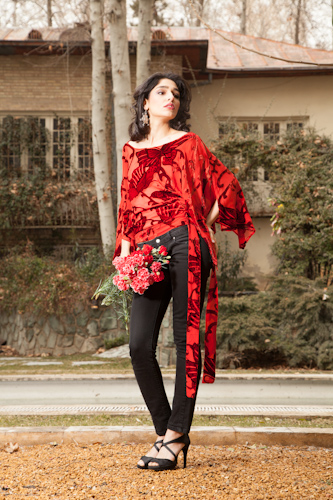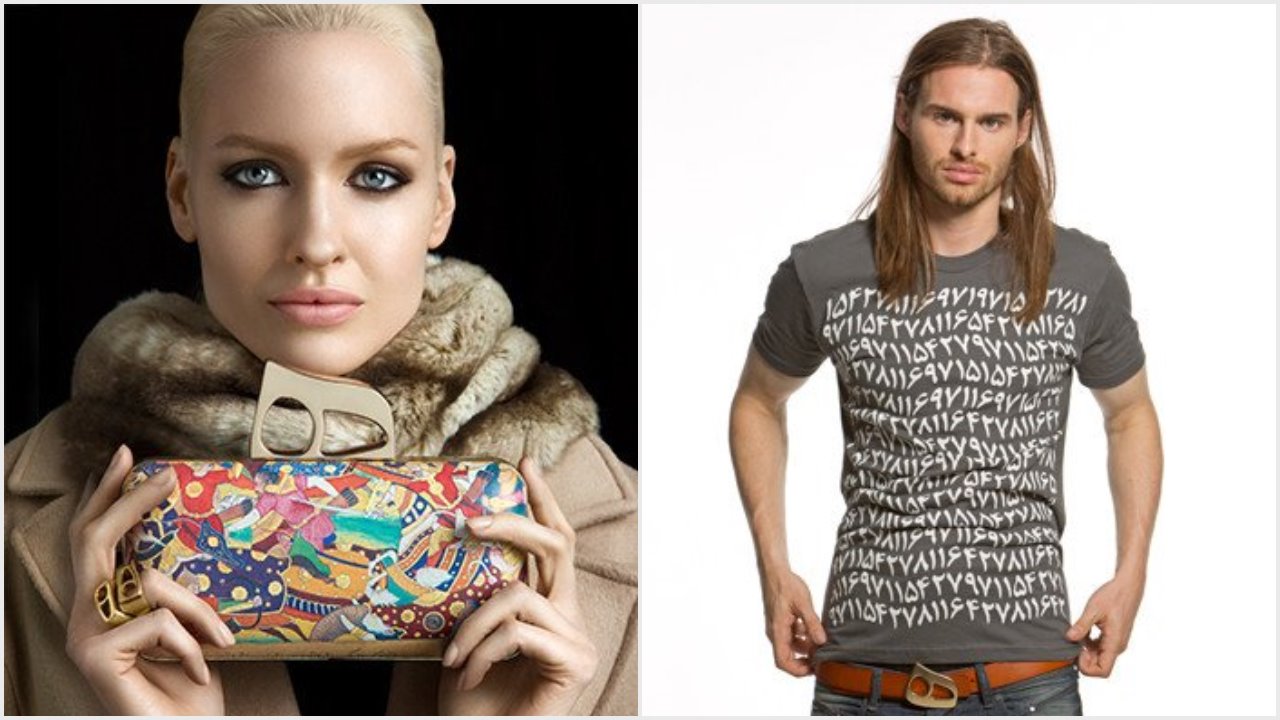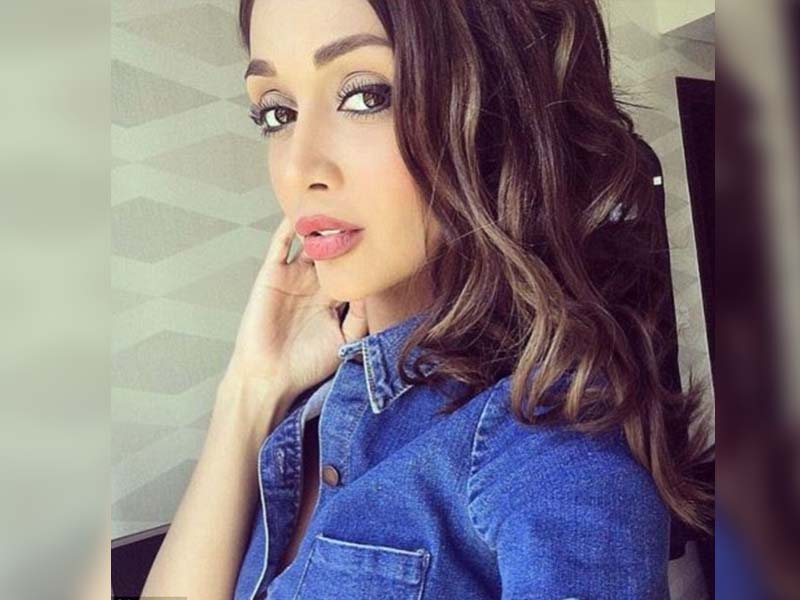Fashion Statements made by Women of Iran
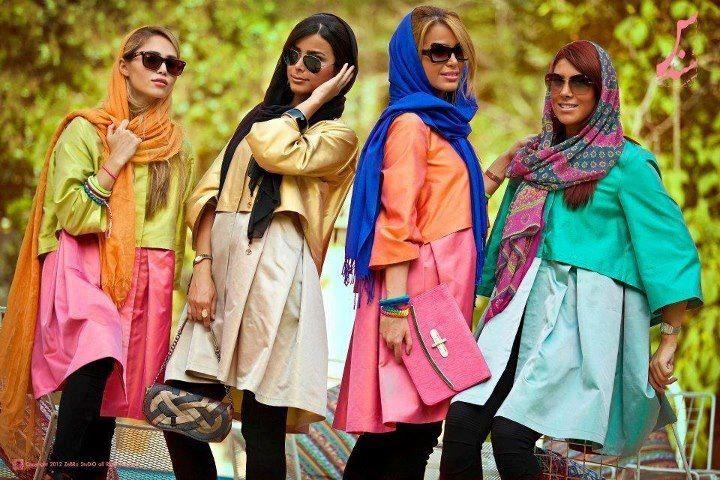
Persian women are known for their unique and exotic beauty, so it comes as no surprise that many of them are rising to the top in the world of television, entertainment, and fashion. Claudia Lynx, Shermine Shahrivar, Aylar Lie, and Sahar Biniaz are among Persian women who have made it big in the U.S and European fashion scene. Through the years, Persian women’s fashion has been marked for its glamor, regality, and luxury.
“Persian style is brand heavy and brand conscious, but also culturally, there’s a real appreciation for craftsmanship and quality.” -Bardia Zeinali (Vogue.com)
Iranian model Shermine Shahrivar. Image: padmad.orgPrior to the Islamic Revolution of 1979, Iran was known for being one of the most fashion-forward countries in the Middle East. Under the rule of the Shah - who was bent on modernizing the country - Iran had become secular and Western-oriented; elements definitely revealed in womens fashion.
Images dating from that period feature models keeping up with the latest global fashion trends, in addition to showing a considerable amount of skin. Women hairstyles were as versatile as in the pages of any European fashion magazine, with models sporting: perms, glossy curls, or straight locks.
1970s magazine in Iran Image: iconicphotos.orgAfter the revolution, religious dress codes were enforced inside the country. Women were required to cover their hair and most of their body in public. Even with a strict dress code in place, many women in Iran remain savvy fashionistas, often pushing the boundaries to look stylish and express their individuality in bold ways.
Fashion designers in Iran use their creativity in turning the classic hijab into something more chic, focusing on updating traditional Iranian fashion for a young and contemporary market. Fashion shows have become increasingly popular in Tehran and other major Iranian cities, even while authorities force the industry to comply with “religious standards.”
Fashion show in Iran. Image: realiran.orgIranian fashion designers often combine elements of Iran's rich history in textile patterns, calligraphy, and poetry with contemporary design. Naghmeh Kiumarsi, one of the leaders of modern fashion in Iran today, is known for her intricate embroidery featuring Iranian calligraphy and geometric designs.
While her work mainly targets an Iranian audience, she is gaining worldwide recognition, having recently launched her brand in the UAE. A recent collection, "Remember to Fly," conveys the message that the sky is the limit.
"If we want to kiss the sky, we should remember to fly and not be afraid," -Kiumarsi
Image Credit: naghmehkiumarsi.com Image Crdit: naghmehkiumarsi.comNima Behnoud's interest in fashion design was spurred by Tehran's underground party scene in the 1980s. He left Iran in the mid-nineties to study fashion design in New York City, where he eventually established his brand, NIMANY.
His signature style consists of silk screening Persian typography, calligraphy, and poetry upon vintage items altered into contemporary styles. His works have been featured in major publications such as Vogue, Maxim, and the Washington Times. Celebrities such as Jim Carrey, Heidi Klum, and Kevin Spacey have sported his brand.
Image Credit: nimany.comTo legally work in Iran's fashion industry, professionals are to obtain permits authorized by the Islamic government. Members of the fashion industry must be careful not to engage in activities that can be interpreted as Western or anti-Islamic. The increasing pressure and restrictions have forced many people to leave the fashion industry or emigrate to freely pursue their profession.
Within the past year, industry professionals including fashion photographers, models, designers, and makeup artists have been arrested in droves, facing accusations of "encouraging prostitution", "promoting corruption", and spreading a "Western-style culture of nudity." In addition to serving jail time, a number of the individuals were banned from traveling abroad or continuing their professions for at least two years upon their release.
The crackdown also targeted female models who had posted pictures of themselves without head scarves on social networks. Elham Arab, famous for her blonde hair, doll-like looks, and wedding dress photo shoots was a leading model forced to give a public self-critique after accusations of "promoting Western promiscuity" for posting photos of herself without the hijab on Instagram.
Elham Arab Image: youthensnews.comAmidst laws and restrictions on their dress, women in Iran continue to defy all odds, challenging mainstream media portrayals of Iran as a dark and colorless society where women are covered in black from head to toe. They continue to create their identity and maintain their own style in fashion, demonstrating courage and innovation in their fashion choices.
Women should be free to clothe themselves as they desire, and go about their everyday lives without fear of repercussions over the way they appear. Whether mandatory hijab in Iran or hijab bans in Europe, current laws are dictating how women are to dress, restricting their freedom of choice.
One fundamental aspect of embracing freedom in society is being free to express ourselves, as long as it does not impede on the freedom of others. Fashion's capacity to empower and liberate can never be understated. If experimenting with fashion means bringing about a revolution - so much the better!

